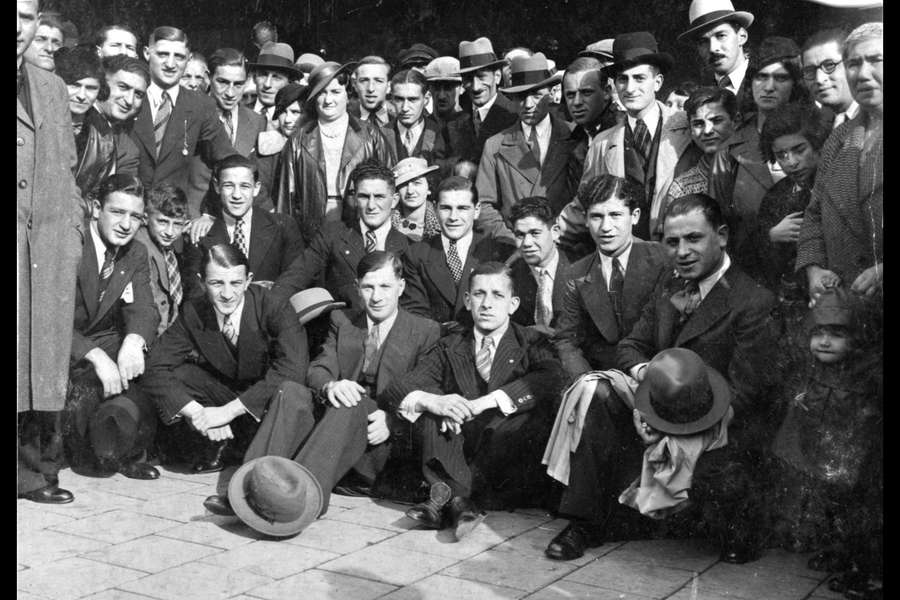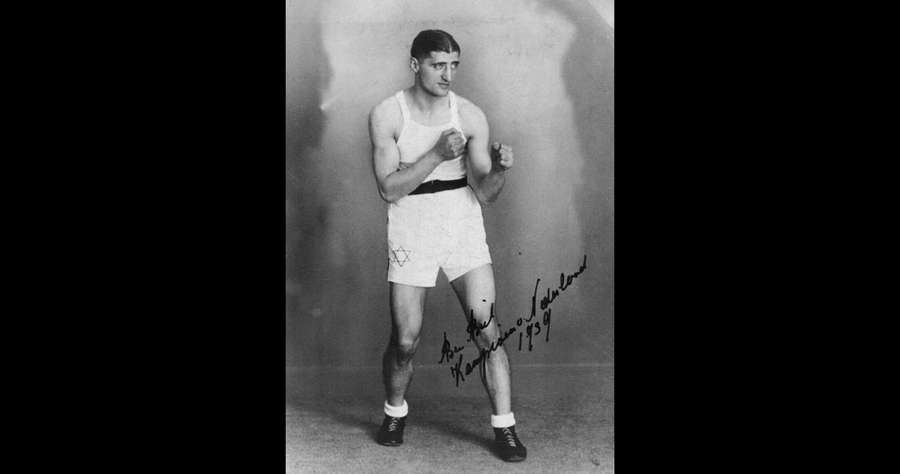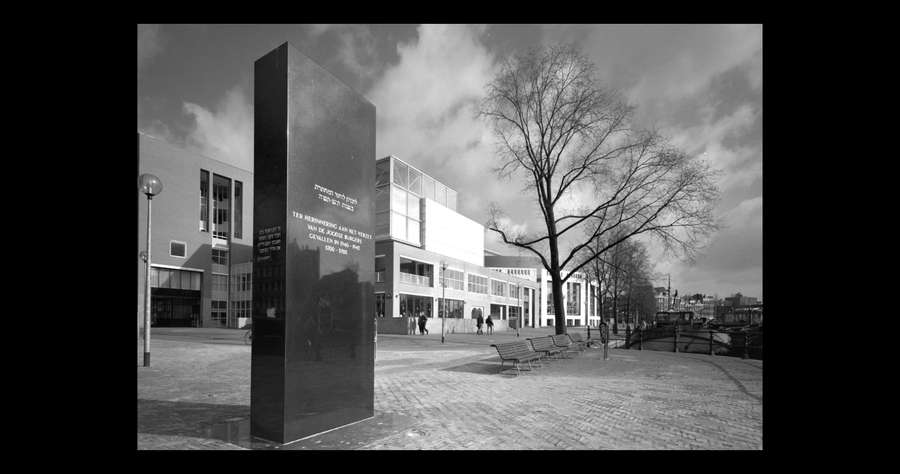80 years of freedom: Olympia, Boxel School that formed the first Jewish resistance
5. Maja Netherlands celebrates 80 years of freedom. Precisely 80 years after release from Nazi Germany, the once war land remembers those who have fallen and those who have risen during the most important times in their modern history.
Even under the Nazi German ruthless rule, the sport held a Dutch people. Football has largely intact occupiers and attracted thousands of attendance.
But the terrains, courts and fields also dealt with Dutch resistance, which fought for the Freedom of the Earth, which sabotaw German war efforts, as the expansion of the Dutch government in London and stood in the oppression.
During the week, we celebrate 80 years of freedom, we talk about the story of resistant heroes who lived a double life and out of the theater of your sport.
Episode 1: Dutch resistance hero launched the fire of his football club
Episode 2: A hero resistor that curves PSV on their first title
Olympia in the box in boxing
When you look at the earliest days of Dutch resistance, you will end very quickly on the Box School Olympia in Amsterdam. Olympia was the main school school founded in 1928. Dutch champion for Bantam’s focus, Joop Cosman, who opened school in the Jewish neighborhood in Amsterdam.
The club attracted a series of boxers, of which 90% are Jewish, and some were the national champions. David Zilverberg won the Dutch Championship in 1938. years, Berend Groendeman was a provincial champion, and Isaac Brander won several tournaments.
The club was 1935. traveled to Berlin for the boxing tournament, three years after Adolf Hitler took control of the ground. “We have never had anti-Semitism in that way,” Cosman said years later. “When we told Jews in Amsterdam as the Nazis were treated by German Jews, they did not believe us. It was amazing.”

Neither before the Nazi Germany attacked and occupied the Netherlands, Olympia wore an active role in the Amsterdam scene. Members of the Dutch Nazi Party NSB often targeted members of the Olympia, from whom Zilverberg and Bennie Bluhm posted posters by saying “Fascism is murder”. Three approached the NSB members and they let them go. “We were boxers, we could use our hands well, Busho,” Bluhm said a decade later.
When the war came to the Netherlands, Amsterdam Boxers knew they could defend vulnerable. Therefore, Cosman has created a combat group or Knokploev – the first Jewish combat group in the Netherlands – with dozens of boxers from Olympia and Kattenburg and Jordan in Amsterdam. “We weren’t afraid. That Jews are naturally cowardly fairytale. It proved that struggle,” Cosman said.
The combat group was professionalized by getting a former Olympic Ben Bril as a fighting coach. Bril qualified for the 1928 Olympics, where he made a quarterfinals in the flight class. The Dutch flag holder for that tournament was Olij himself, whose sons would later join the Olympia.
Solid resistance
The Cosmin site did not use weapons, but only their reliable hands and iron bars, which were also used on 11. February 1941. years.
40 Nazis marched through Amsterdam, starting from Blauwbrug to Waterloo, all the time of the singing of anti-Semitic songs. About 90 members of COSMAN Fight team They waited in the shadow of Waterloo Square on a cold, misty evening. “And there we jumped them. These guys were completely surprised and flew in all directions, most of them back into the blue bridge. But a few just run in another direction” Cosman recalled.

One of the Nazis that marched was Hendrik Koot, an inforter member of the NSB party and its nazi paramilitary forces. Koot marched the streets with Son among 39 other members of the NSB, and fatally hit one of the members of the combat groups.
Koot died of his injury three days after the fight, and the Nazis took that as a reason to intensify the persecution of Jews in Amsterdam, starting at the first reason in Amsterdam. These differences caused the famous February strike, in which Gerben Wagenaar was the leading figure.
Several members of the battle group arrested, and Ben Bril, who was standing aside, was sent to the concentration camp Westerbork together with the family after Olije himself, Ben’s former friend and 1928.
Ben Brel eventually survived concentration camps and became a box of boxes, appearing on several Olympics in this role.

Joop Cosman, meanwhile, escaped again and time from the understanding of the Nazis. The founder of the Olympia built a hiding spot under the boxing rings in his school – one who used how the Nazis continued to hunt Jews in Amsterdam. The boxing box continued, and Cosman survived, thanks to the former Dutch Olympic swimmer Piem.
Almost no one else is in a combat group, except for Bennie Bluhm. Bluhm was a crucial member of the fighting group and avoid immediate persecution after the fighter in February 1941. years. Bluhm joined the communist resistant group that removed people in hiding and provided food before they were forced to Arbeitseinsatz, the Nazi forced labor force distribution. Bluhm survived because of his boxing skills, which were forced by the Nazis to show him in the exhibition matches he was forced to lose.

When Canadians released the Westerbork Camp, Bluhm, was a loud voice to identify the heroes of the Jewish resistance that first acted against the Nazi paramilitary forces. His efforts and those of many more were honored in 43 years after the war, when the city council of Amsterdam was located a monument for Jewish resistance in the city center.
Bluhm, who died two years ago, was not there to see him, but he knew his group, the first Jewish resistant group, rubbed the way for courage and freedom.